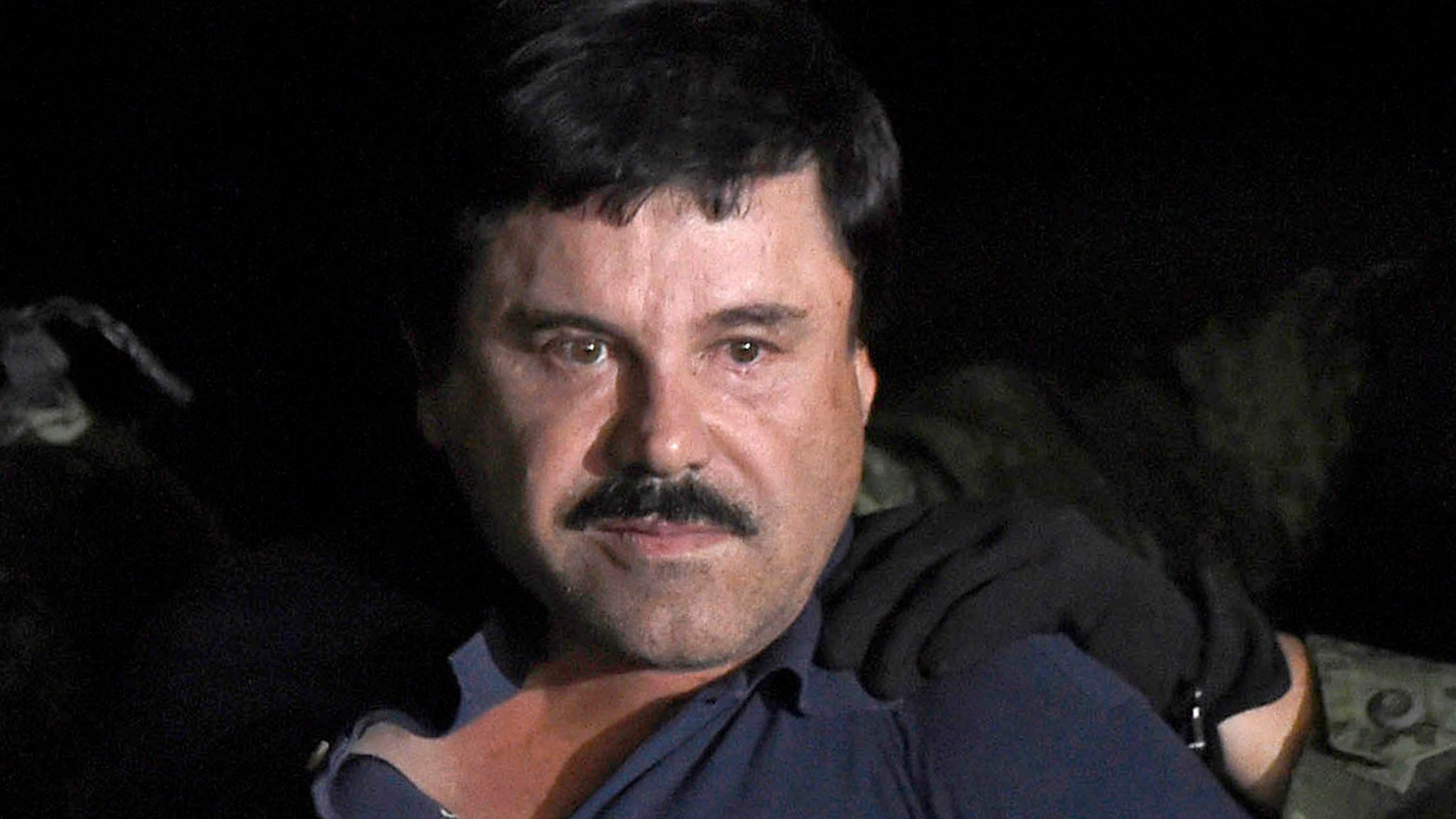[ad_1]
In this article, I will shed light on the reasons why many dairy farmers keep getting frustrated by breeding failure. It is one of the problems that was highlighted during the Kenya Veterinary Association Annual Scientific Conference held in Kisumu last month.
Ideally, a dairy farmer is supposed to get a calf from each cow every year for profitable milk production and sustainability of the herd without having to buy animals from outside the farm.
This is called a 12-month calving interval. Profitability of a dairy farm without value addition is pegged on three main income streams, namely, sale of milk, sale of replacement stock and sale of manure. It should, therefore, be a target of every dairy farmer to get a calf from each cow every year.
To get a calf annually, a farmer must ensure that her cattle are fed well, kept free of diseases, housed properly and bred with sound scientific knowledge of the breeding cycle of dairy cows.
Unfortunately, in Kenya, almost everyone is a farmer because they were brought up on a farm with livestock.
In fact, I usually joke with farmers that most of them keep animals but do not farm them. Interestingly, most farmers tell me their objective is to make money, but they’re blank on the checkpoints and targets to guide them in achieving their objective.
For a farmer to get a calf annually, the cow must be inseminated not later than 90 days from the time she calved. That leaves her the 270 days required to carry the pregnancy to term. In practice, cows may not always conceive on the first insemination. A good farmer targets to inseminate her cows at about 60 days from calving. This leaves room for a second insemination within the critical 90-day period.
The first heat will normally show around the 42nd day after calving, but the uterus may not have fully recovered to hold another pregnancy.
Inseminating on this heat may result in failure of conception or early death of the embryo.
We, therefore, advice farmers to make sure they observe the first heat but skip it. The next heat comes around 60 to 63 days and the third one at 81 to 84 days. Beyond those two heats, the farmer would not be able to get a calf within one year of the cow’s calving. It’s important to note that your dairy cows can only follow these breeding events if they are fed well, better managed and disease-free.
At the conference, Kenya Agricultural and Livestock Research Organisation (Kalro) researchers presented shocking findings on the status of dairy cattle pregnancy in the country and the main reasons of poor breeding.
The researchers did their study in Nandi, Makueni and Kakamega counties. They sought to know the proportion of cattle that were pregnant, the presence of three important reproductive diseases, and management practices that contributed to repeat breeding. Further, they investigated the rates of repeat breeding among the herds in the study area.
Only 32 per cent of the cattle in the three counties were pregnant. The proportion of pregnant animals ranged from 25 to 37 per cent, meaning, the situation was not much different in the various locations. These findings mean that Kenyan dairy farmers are losing on milk earnings due to lost reproduction opportunities.
Makueni had the highest rate of repeat breeding with an average of four inseminations per pregnancy. Kakamega cows got two inseminations to get pregnant while the Nandi ones three.
Most farmers preferred artificial insemination, but switched to bull mating if AI failed the second or third time. Their assessment was that bulls impregnated 80 per cent of the cows with the first mating. While this may be a good outcome, it exposes the farmers to infertility due to reproductive diseases and losses from genetic downgrading of their dairy stock.
Repeat breeding costs the farmer her earnings in milk production, sale of replacement stock and even manure. The researchers found the calving interval for the study herds was 14 months. This is lower than the national average of about 15-17 months.
Kenyan farmers are estimated to lose 500 million litres of milk worth Sh4 billion annually from the long calving interval.
The study also found that the two reproductive diseases, bovine viral diarrhoea (BVD) and neospora caninum (neosporosis), were present in cattle in all the three counties. These diseases are hard to diagnose in the field and may be causing infertility and dairy production losses without being detected.
Neosporosis was found in 26 per cent of the animals and ranged from 23 to 26 per cent in the three counties. BVD was detected in 46 per cent of the animals with a range of 36 per cent in Kakamega to 57 in Makueni.
Both diseases cause abortions and infertility in cattle, early embryonic death and neonatal mortality. BVD is a disease of cattle, but dogs are the natural hosts for neosporosis.
Cattle and other ruminants get infected by the intermediate stages of the disease parasite when they eat pasture contaminated with faeces from infected dogs. The occurrence and impact of the two diseases in Kenya is still not well-documented.
The researchers also found that poor heat detection and farmers’ inadequate knowledge on the cow’s reproduction cycle contributed to breeding failure. Poor nutrition and inadequate feeding as well as inefficiency of AI services further increased the incidence of repeat breeding.
The dairy industry contributes about 6-8 per cent of the gross domestic product. Approximately 3.6 billion litres of milk are produced from 4.6 million dairy cows. Small-scale farmers owning between one to five animals comprise 80 per cent of the dairy producers. The main breeds kept are Friesian, Ayrshire, Jersey, Guernsey and crossbreeds.
[ad_2]
Source link
Kenyan Business Feed is the top Kenyan Business Blog. We share news from Kenya and across the region. To contact us with any alert, please email us to [email protected]












